The history of enamel began in China more than 5,000 years ago. When the Chinese painted their nails to demonstrate their social hierarchy.
Currently, we find countless nail polish colors, each with a more interesting and strange name than the other. Furthermore, it is often used to compose the look, giving it a more modern look. However, many do not know the history of nail polish. For example, did you know that people painted their nails in ancient times, more than 5,000 years ago?
In short, the custom of painting nails first emerged in China, being adopted soon after by the ancient Egyptians. However, the techniques used to color nails were very different from those used today. In this way, henna, medicinal plants, roses, egg whites, gelatin, beeswax, among others, were used.
Finally, it was from 1920 onwards that the enamel underwent modifications, acquiring the characteristics we know today. Furthermore, the colors were inspired by car paint jobs of the time. Like red, for example, which is one of the most popular to this day.
History of enamel: origin

According to the history of nail polish, the first painted nails appeared around 3,500 BC in China. Unlike today, nail polish colors were related to social position. Thus, during the Chou dynasty (7 BC) only members of royalty could wear a type of paste, in gold or silver color.
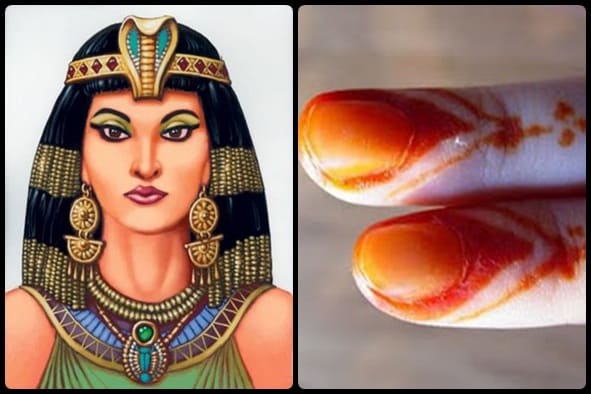
Furthermore, in Ancient Egypt (3 BC) the use of enamel was very common. However, women from lower classes could only use light tones to paint their nails. In fact, during Cleopatra’s reign, the color red was for the exclusive use of the Egyptian queen. And whoever disobeyed was severely punished, and could even be punished with death. On the other hand, Nefertiti preferred ruby-toned nail polish.
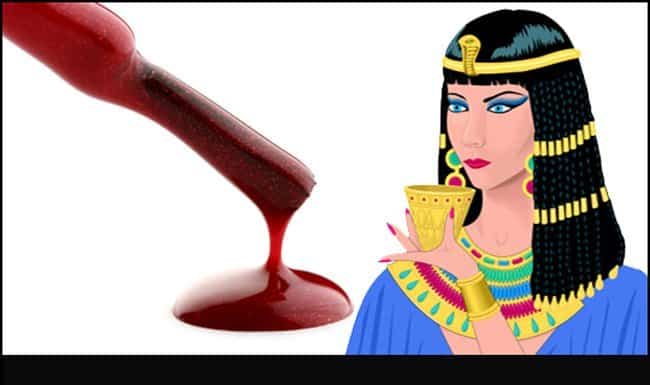
However, in ancient times the techniques used to make enamel were very different from those used today. For example, the Egyptians used Henna to paint their nails. The strongest colors were for the exclusive use of the royal family.
The Chinese and Japanese used medicinal plant extracts, rose puree, orchid petals mixed with Alum (potassium hydrate – aluminum sulfate – potassium alum). In addition, gum arabic was also used with egg whites, gelatin and beeswax.
On the other hand, the Romans did not paint, but treated their nails with abrasive materials to polish them.
History of enamel: evolution

The history of nail polish didn’t have many changes until the 19th century, when the most important thing was nail care. Where they were kept short and rounded with the help of scissors and metal files. In some cases, the nails were perfumed with oil, creams and colorants, then polished with a strip of leather. Well, it was a time when modesty was an important virtue.
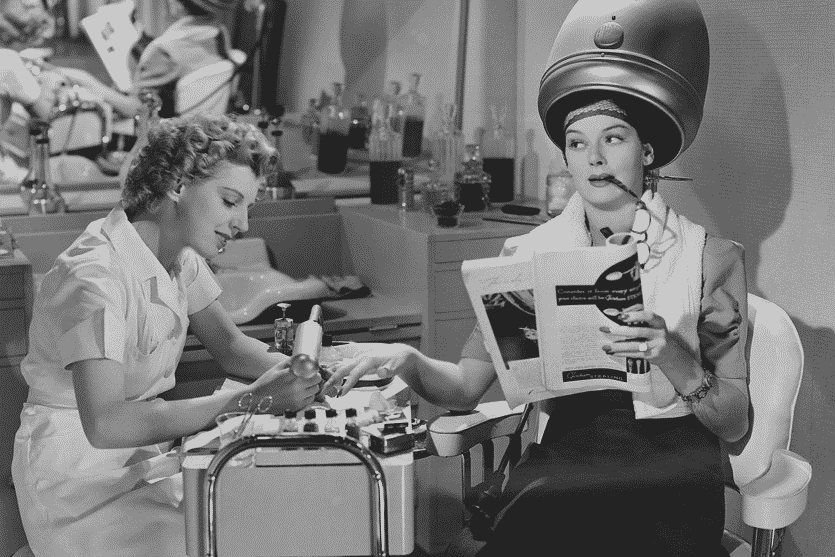
Therefore, women avoided nail polish with extravagant colors. Furthermore, it was at this time that the stick for removing cuticles appeared, which is still used today. And in 1892, the first nail salons appeared. Where the nails were well cared for with massages using cocoa butter, vaseline or olive oil to add shine.
In addition to making your nails healthier. It was also customary for manicurists to prepare a mixture of tin oxide, Carmine lavender oil and bergamot oil to apply to the nails.
20th century
At the beginning of the 20th century, nail polish became part of fashion again. However, these were colored solutions that only lasted a few hours on the nails. Furthermore, they were applied with a brush made from camel hair. Furthermore, it was at that time that they had the idea of launching the first book with instructions on how to paint nails.
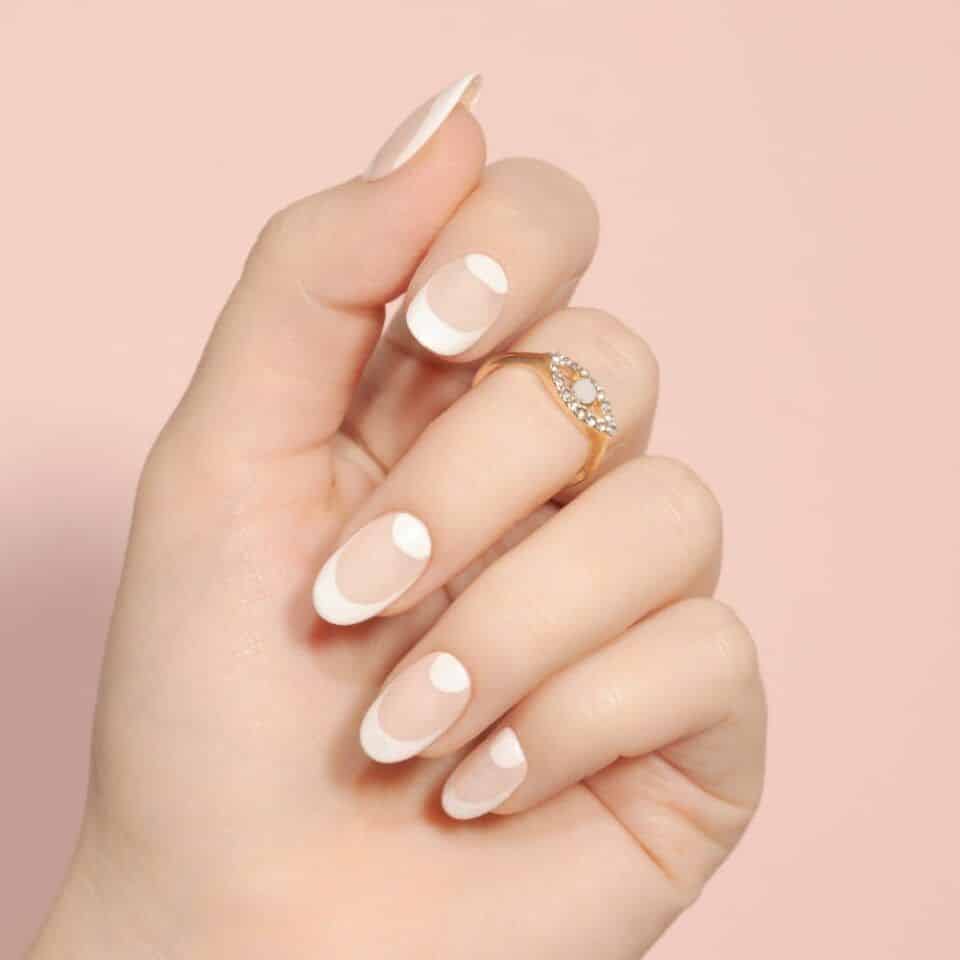
However, it was only in 1925 that the technology for manufacturing enamels underwent a major evolution, where solutions similar to the enamels sold today were discovered. Thus, a transparent nail polish with a pinkish tone was launched, which was applied only in the middle of the nails (half moon) and on the rounded tips.
Anyway, in the year 1930, it was already fashionable to paint your fingernails and toenails. It was a real success among Hollywood stars, such as actresses Rita Hayworth and Jean Harlow.
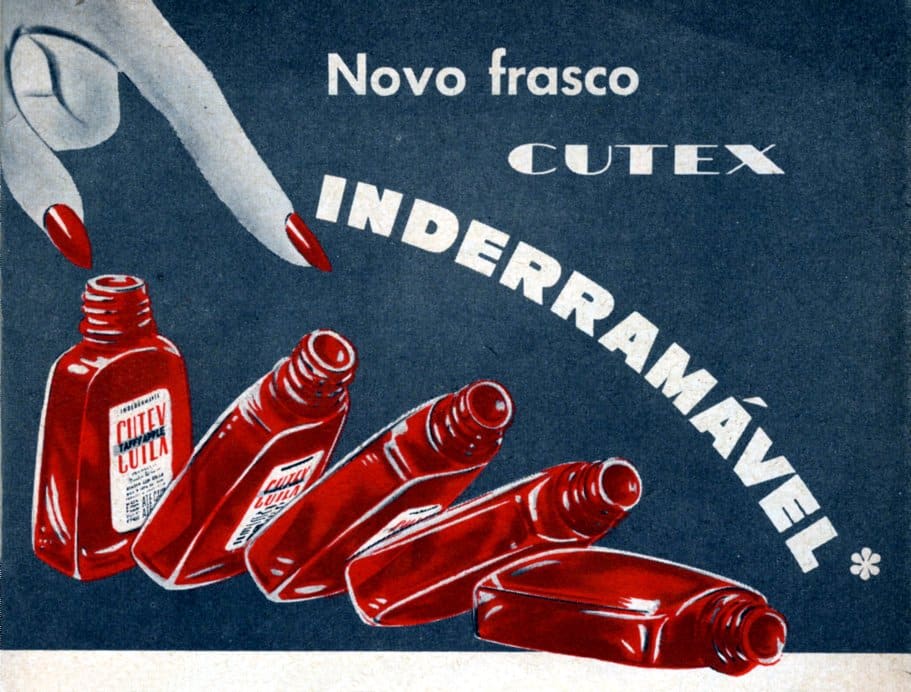
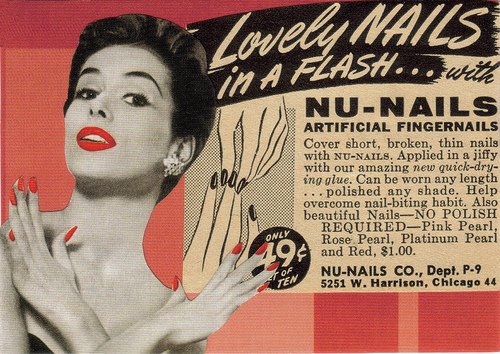
New Creation

The history of nail polish underwent a major upheaval in 1932. When American brothers Charles and Joseph Revlon, with the help of a chemist, created a shiny, pigment-colored nail polish. The application was made to the entire nail. Finally, the Revlon brand was born, which launched the trend of painting lips and nails the same color.
Furthermore, it was in the 70s that synthetic nail polish and the trend of wearing long nails emerged, using techniques that are currently in fashion. As early as 1980, nail polish manufacturers launched fiberglass nail polish and decorative accessories for use on nails.
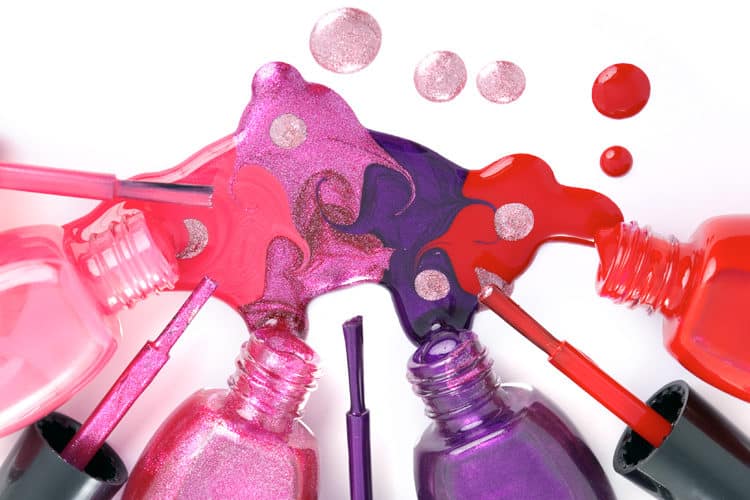
Anyway, the evolution in the history of enamel didn’t stop there. Thus, in the following decades, the technology involving the manufacture of enamels became increasingly complex. In addition, they also created false nails, which served as an alternative for those who wanted to save time. And today, we can find nail polishes in the most varied colors and textures, to please everyone’s taste.
Trends of the last century
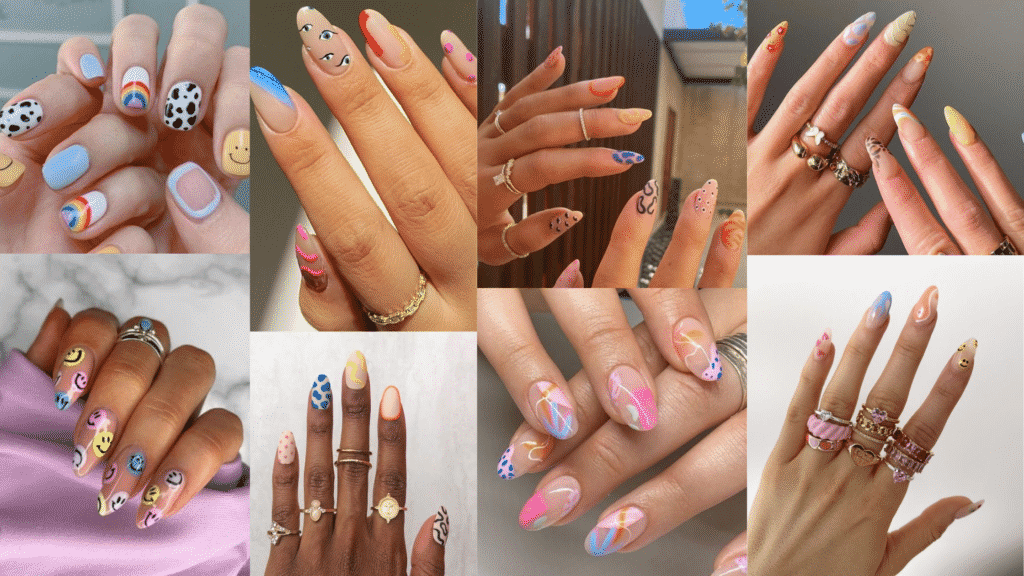
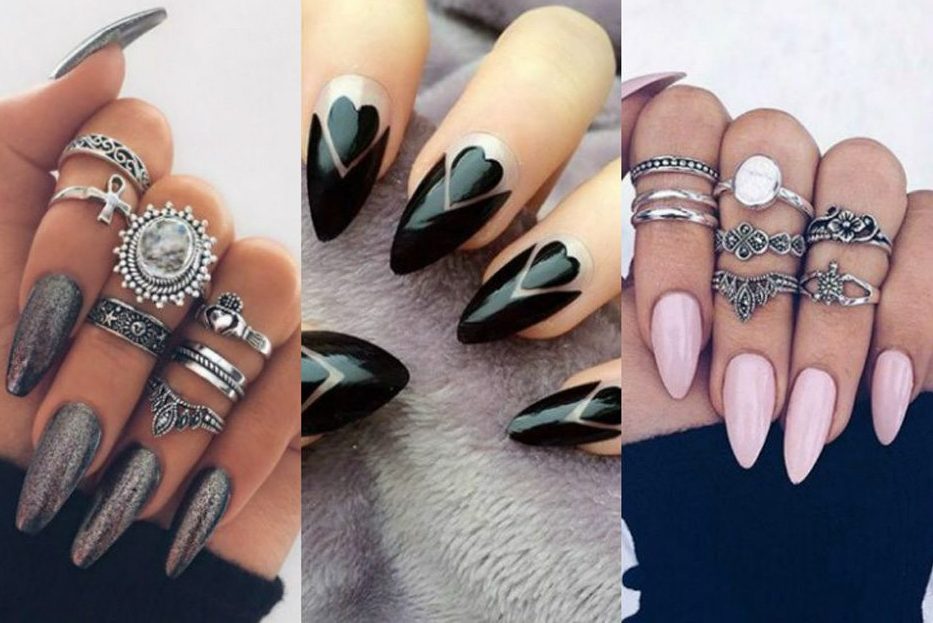
- 1920 – creation of the first nail polishes, similar to those used today. Inspired by car paintwork, colors such as red emerged, one of the colors most appreciated by women. The first nail arts also emerged, a trend that has returned with a vengeance in recent years.
- 1930/1940 – increase in color options. Furthermore, the finish became more sophisticated.
- 1950 – elongated nails were the new trend. Furthermore, it was at this time that the technique of extensions made from acrylic emerged.
- 1960 – the female public left red aside. And nail polishes in light, delicate and pastel tones have become women’s favorites.
- 1970 – the trend of the time was the classic francesinha. In addition to new nail shapes, such as square, for example.
- 1980 – was a time marked by the trend of exaggeration. In this way, countless nail art models emerged. For example, using several colors of nail polish on the same nail, airbrushing, freehand painting, ornaments, feathers, vibrant shades of pink, neon shades and gold nail polish, among others.
- 1990 – a time marked by minimalism. Likewise, women adhered to more natural nails.
- 2000 – the nail art trend returns with a vengeance, as does the preference for nail polishes of different colors and textures, to express your own personality.
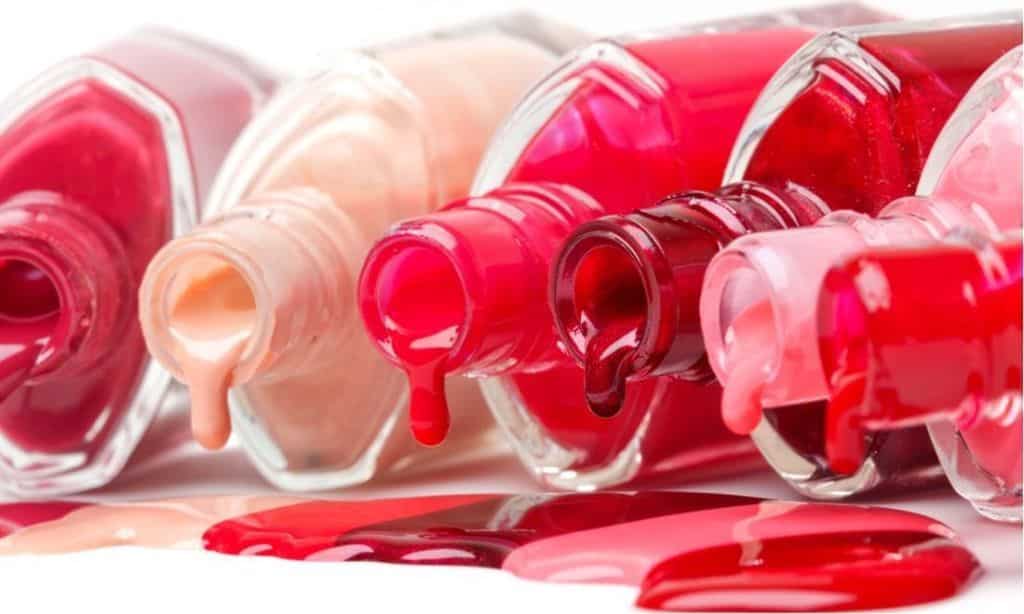
Currently, there are machines capable of printing digital images on nails. Anyway, the latest trend in the history of nail polish is the freedom you have to use your creativity, paint, lengthen and create nail art the way you want.
So, what did you think of the nail polish story? To find out more, read also: 5 tricks to make your nail polish last longer.

Sign up for our newsletter and stay up to date with exclusive news
that can transform your routine!
Warning: Undefined array key "title" in /home/storelat/public_html/wp-content/plugins/link-whisper-premium/templates/frontend/related-posts.php on line 12
Warning: Undefined array key "title_tag" in /home/storelat/public_html/wp-content/plugins/link-whisper-premium/templates/frontend/related-posts.php on line 13




